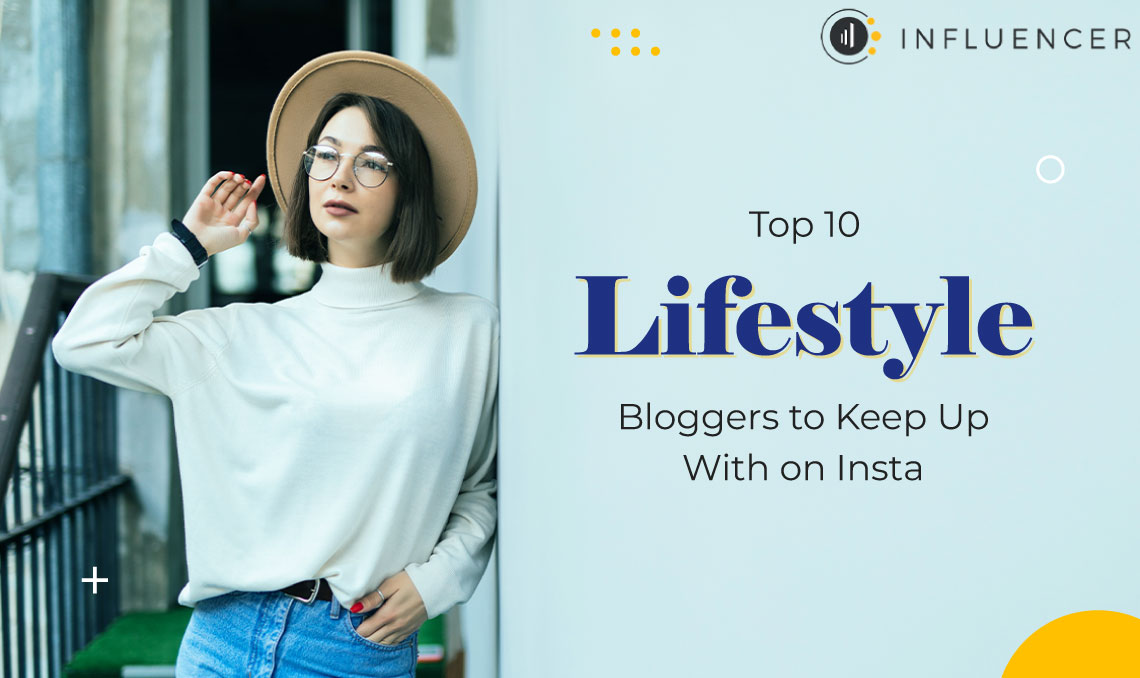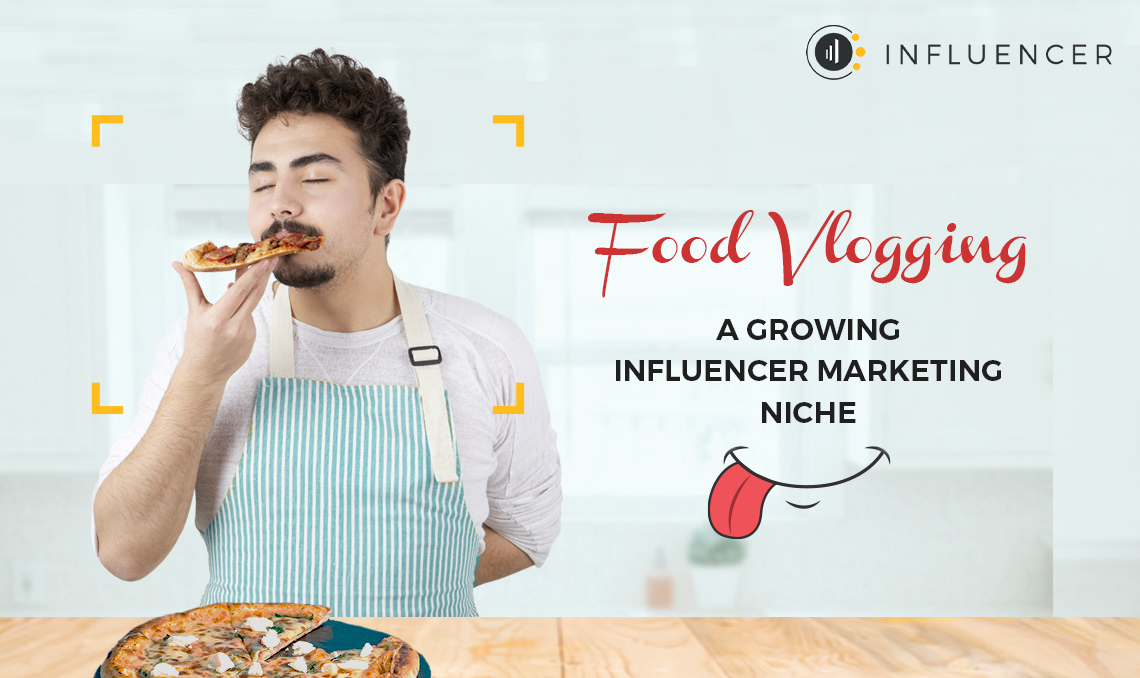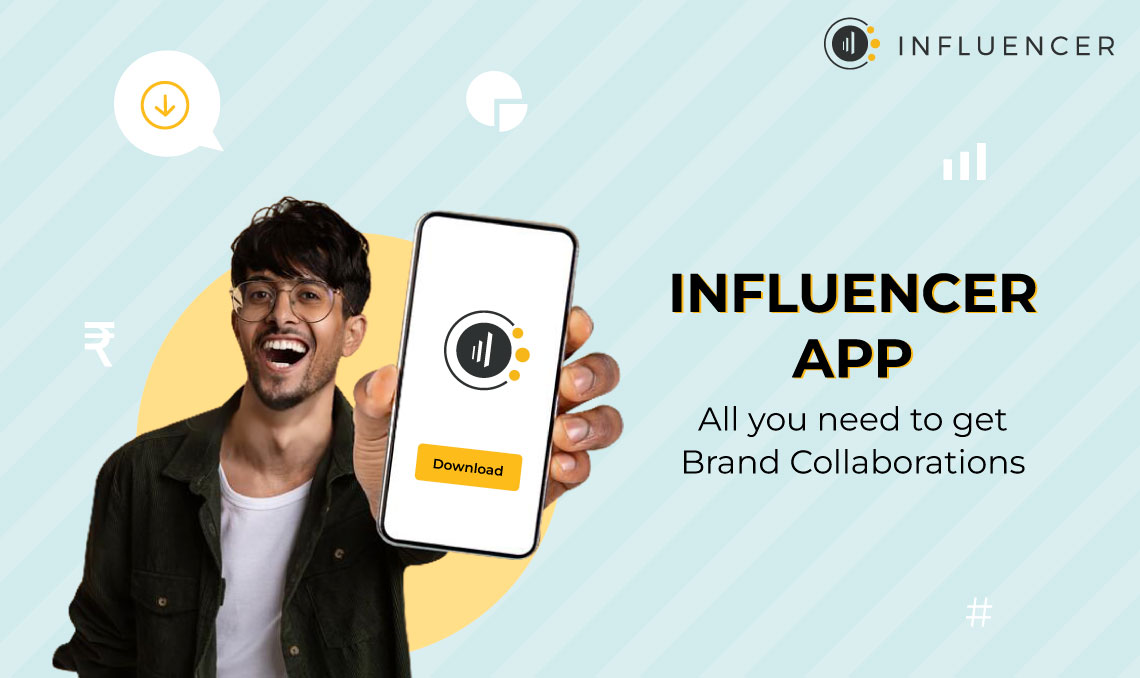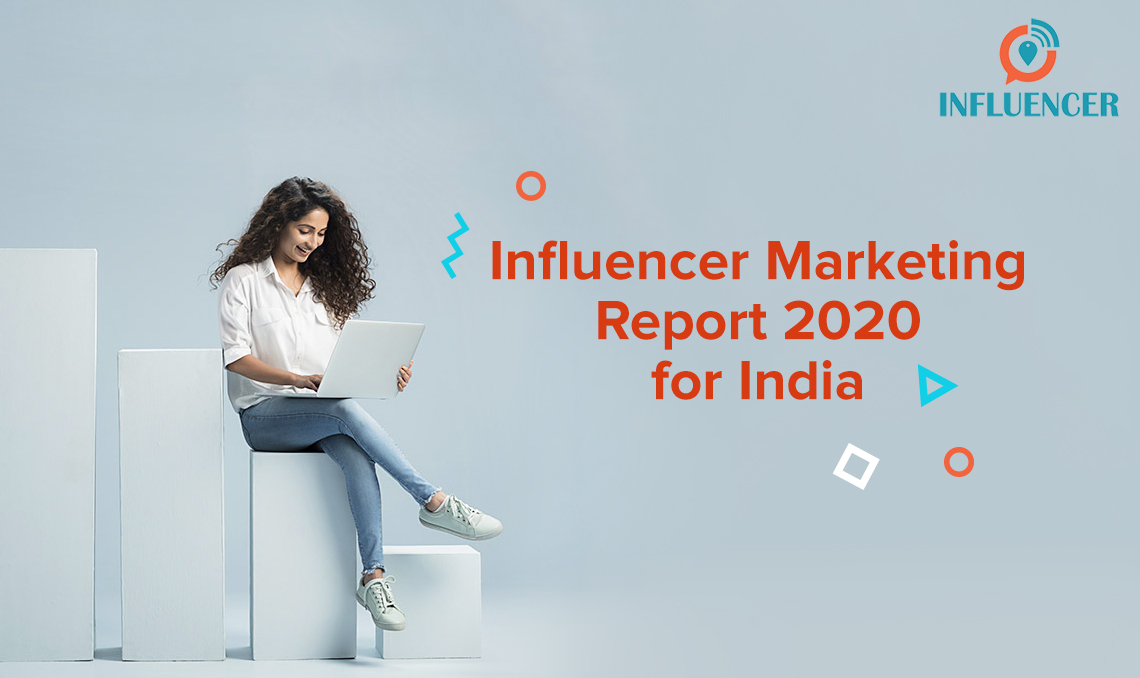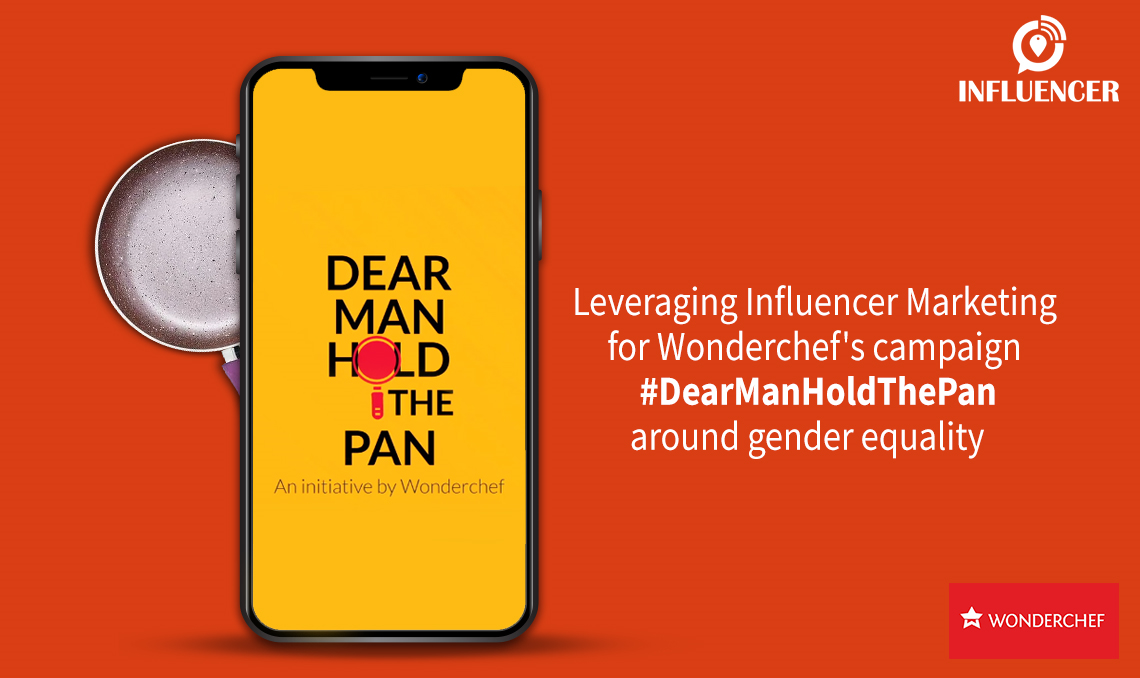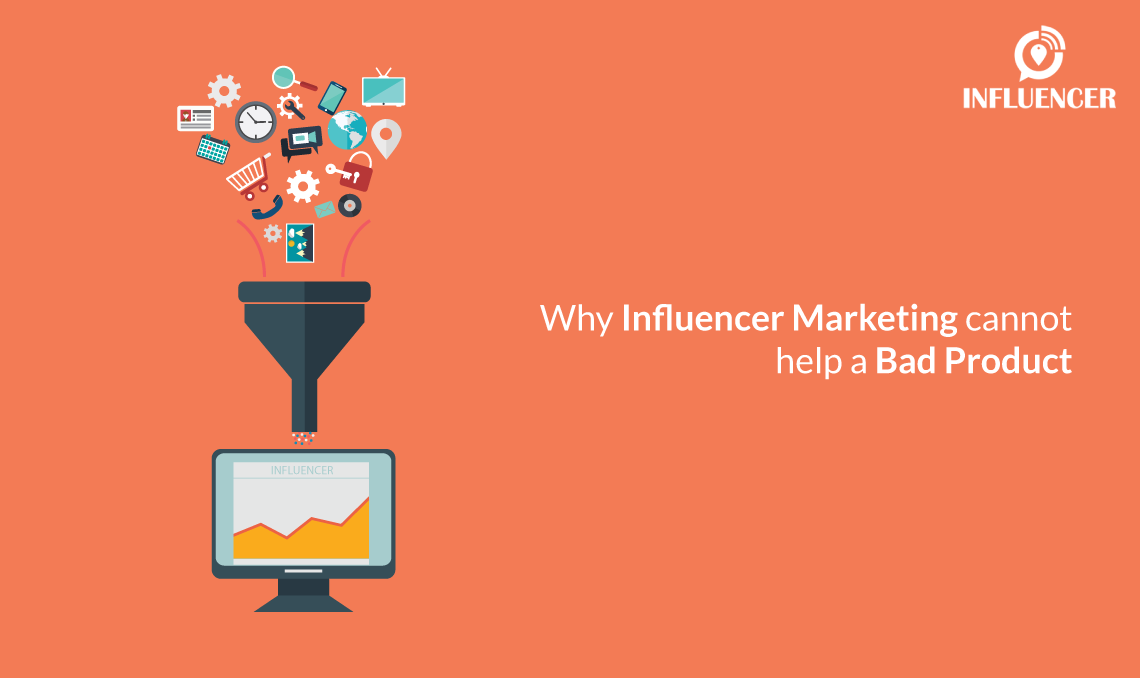Notice: Undefined variable: post_id in /var/www/html/wp-content/themes/influencer-2022/single.php on line 207
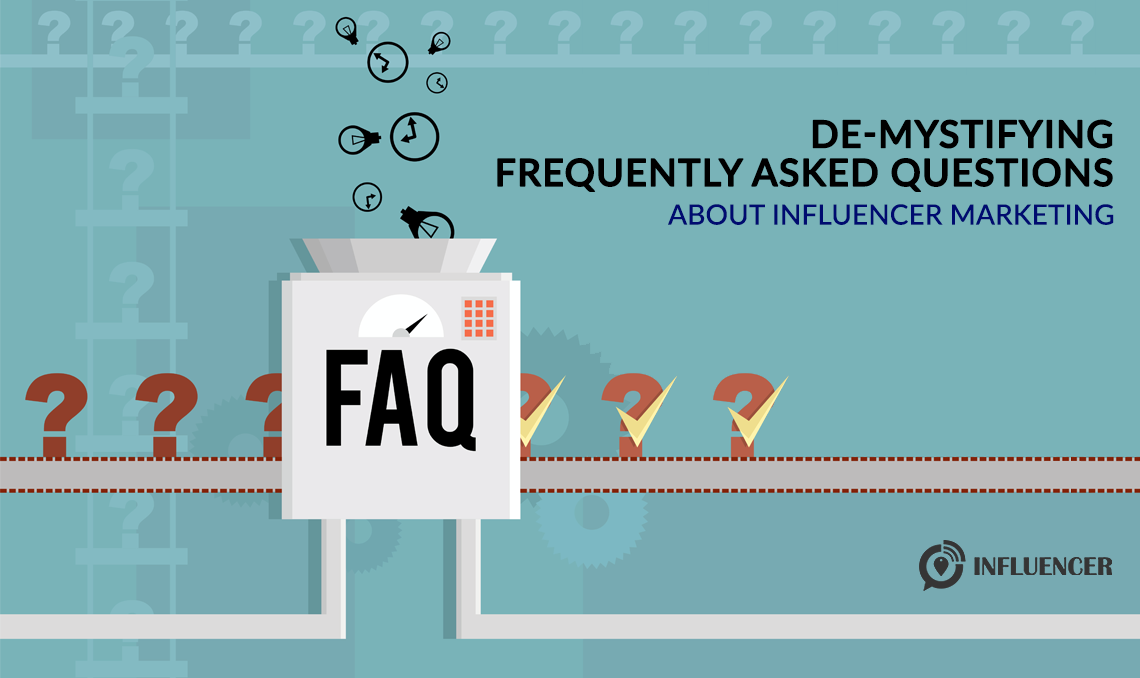
De-mystifying Frequently asked Questions about Influencer Marketing
Given that influencer marketing is the hottest new trend in the marketing space currently, all top brands are using this method to reach their potential audience. However, just like any new trend, brands have plenty of questions about how it works and how to go about creating an influencer campaign. Keeping this in mind, we have put together a list of frequently asked questions about influencer marketing.
What is Influencer Marketing- How does it work?
It is a strong word of mouth marketing strategy. For a brand, a digital influencer is someone who can help increase the business of the brand and spread the organic word of mouth in the influencer’s circle in exchange for monetary benefits or providing free products/services.
A brand collaborates with an influencer on social media or via their blog to promote a product or service on a specific online platform. The strategy involves content creation & amplification across various social media channels including Twitter, Instagram, Facebook, YouTube, TikTok, or Linkedin.
If you are ready to get started, here are a few tips for your first influencer campaign.
In what scenarios can I use influencer marketing?
Influencer marketing can be used by varied brands in multiple ways. For example, a startup or a new product/service launch can be enabled via influencer marketing – e.g. Himalaya facial wipes launch. An existing brand can leverage it to promote a new communication to attract new target audiences – e.g. Wonderchef initiated the “Dear Man, Hold the pan” campaign with the help of influencers to encourage men to start using their products. Influencers are a great way to amplify an existing social media or integrated campaign – e.g. Khatabook is running an influencer campaign on TikTok to amplify their B2B reach among audiences in Tier 2 cities. Event marketing can also be an interesting use case for influencer marketing. Sometimes the goal can be to get a specific result – for e.g. RummyCulture’s influencer campaign had a specific goal to increase the number of app Installs.
How do I identify the right influencer for my brand?
Influencers are broadly divided into 3 categories – Key/Celebrity Influencers, Social Influencers, and Peer Influencers. Key Influencers include celebrities, industry thought leaders and leading bloggers. Social influencers are individuals with significant online influence like social media celebrities. Peer influencers are closest to the consumer circle like – family, friends, colleagues. This is a very relevant circle and closest to the conversion funnel. The influencers typically focus on a particular area like food, parenting, fitness, fashion, E-Commerce, or technology. Relevant influencers are usually shortlisted based on the brand, its business and the marketing objective. Depending on the target audience, geography and demographics, the right set of influencers are chosen. For Example – A new restaurant looking to launch an influencer campaign will engage with food bloggers who can help them cover their brand on blogs and social media channels. Social and peer influencers work the best for contests based on Twitter or Facebook to help create a buzz about the brand.
What is the difference between micro & macro-influencers?
Usually, an influencer is categorized as a micro or macro influencer depending on the number of followers they have. People with 1K to 100K followers are referred to as micro-influencers while the ones with 100k or more are termed as macro-influencers. Moreover, micro-influencers are usually known to have a niche audience whereas the latter has a broad audience following and creates a huge impact in a shorter time period.
Micro-influencers are best suited for small, regional startups or initiatives who are particularly targeting a certain set of audiences e.g. the Swiggy star-hunt campaign targeted the existing and potential Delivery Partners through TikTok micro-influencers in tier 2 & tier 3 cities.
How do I decide the right platform when it comes to Influencer marketing?
Choosing the right platform for your campaign is an important part of influencer marketing. It depends on the brand objective and the target audience. For reaching a young audience in Tier 2 & Tier 3 cities, TikTok and platforms like Share chat are more suitable whereas if you want to publish elaborate content in the form of videos, Youtube is a more preferred platform. So, it varies depending on the kind of campaign you want to do and of course, your target audience. Hence, before finalizing the platform for influencer marketing, make sure you have set the brand objectives and target audience right.
How are Influencers shortlisted?
Depending on their channels, reach and platform, Influencers are shortlisted based on the following metrics-
- Moz Domain Authority– It reflects the popularity of the blog. Basically, it is a link popularity score that represents the importance of the web page on the internet as compared to others. A good Moz rank is between 50-60.
- Quality of content – The quality of the content is very crucial. The right quality of content can inspire the audience to take the right action.
- Unique visitors to the Blog – In addition to the page views and traffic that a blogger draws to his website, Unique visitors help spread the brand story to a larger target audience. Size and quality of followers is an important metric to consider while shortlisting.
- Relevance to the brand – It is very important to pick the relevant blogger for the relevant campaign. The relevant blogger helps push the brand message to the right audience.
- Previous work – This gives you an understanding of the blogger’s work. Previous performance data like – social media engagement, like on their blogs, shares help you narrow your choice.
Why should I choose Influencer Marketing over Paid Ads or other forms of advertising?
Influencer marketing helps in positioning your brand to the right target audience. It helps in brand visibility and in achieving final business objectives. A brand talking about itself is not convincing to consumers anymore! Influencer marketing is a third-party validation. When a customer or an external party reviews the product or service on his/her blog, the content lasts forever vs paid ads that have a shelf life. It helps drive sales through a genuine word of mouth. Quality backlinks also help in the SEO strategy and enhance the reach on social media.
What is the cost of an influencer campaign?
There is no such particular cost for an influencer campaign. It depends on the brand needs, the number of influencers involved, and the type of content being generated by them. Mostly the influencers have monetary expectations, but in some cases providing them with free products or services might also work. Premium influencers usually expect both.
Can celebrity endorsements be considered similar to influencer marketing?
Not precisely. Celebrities have huge & broad following as compared to influencers who instead have followers with similar kinds of interests. Though celebrities also work as influencers, micro-influencers tend to do a better job in reaching the audience in a particular space like Health & Lifestyle, etc.
What is the ROI I can expect through Influencer Marketing?
This is the most often asked question by brands. Influencer marketing helps in brand building, loyalty, social media engagement, and in the mid to long term even helps in growing sales and revenue. In the short term, brands should not expect a large spike in the transactions due to Influencer marketing but can expect authentic word of mouth with their target audience. Apart from creating amazing content, influencer marketing helps in driving traffic to the website/app, social media engagement- shares, likes, links to the article, total impressions, higher ranking through quality backlinks(SEO), growth in organic traffic and eventually sales/leads
That being said, there are challenges that influencers face from brands, which hinder results; and you can see some of them here.
Are the Influencers Paid to cover brands?
There are no free lunches. Influencers are compensated for the campaigns in either monetary terms or free samples/services/products depending on the business and campaign. The costing varies and is discussed with the influencer one-to-one. Some established Influencers have their media kits and their prices are non-negotiable while some are happy to negotiate and establish a long-term relationship with the brand. Gift vouchers, free samples, access to the service/product include non-monetary benefits extended by the brands to the bloggers. The premium category of bloggers usually expects monetary compensation in addition to the free samples.
We hope we have motivated you to launch your campaign and get influencers to cover your brand!





